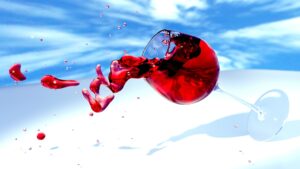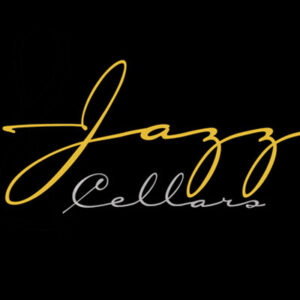 I originally wrote an article drawing comparisons between chip design and manufacturing and winemaking back in 2009. While a lot has changed since then, especially in the semiconductor and electronics industry, many of the comparisons still hold true.
I originally wrote an article drawing comparisons between chip design and manufacturing and winemaking back in 2009. While a lot has changed since then, especially in the semiconductor and electronics industry, many of the comparisons still hold true. 
From a high-level view, what do chip design and manufacturing have in common with winemaking?
It turns out that, in both cases, it’s all about the process. Although I have spent much of my career in the semiconductor, EDA and IP industries, I have had the opportunity to participate in a small, commercial winemaking venture called Jazz Cellars for the past 16 years. It might sound like a stretch (so bear with me) but I think there are some interesting parallels and a few significant differences between the processes involved in producing wine and semiconductor chips.
 One shared characteristic of both chip design and winemaking is that there is no instant gratification –– it takes time and effort to yield a great end product. While it may be possible to turnaround a simple chip design in a few months, most complex designs often take years to go from concept to market. The same is true for a wine –– many red wines are not released until three or more years after the grapes were initially harvested. There are exceptions of course such as Beaujolais Nouveau, always released on the third Thursday of November, and some white wines that may be released just a few months after they are harvested.
One shared characteristic of both chip design and winemaking is that there is no instant gratification –– it takes time and effort to yield a great end product. While it may be possible to turnaround a simple chip design in a few months, most complex designs often take years to go from concept to market. The same is true for a wine –– many red wines are not released until three or more years after the grapes were initially harvested. There are exceptions of course such as Beaujolais Nouveau, always released on the third Thursday of November, and some white wines that may be released just a few months after they are harvested.
Let’s look at some of the similarities between the processes involved in winemaking and chip design. For the sake of discussion, I am assuming a generalized, high-level description of the processes involved.
Both processes start with an initial plan. For the chip, the plan is the system design and global specifications for the chip –– its functional spec, operating speed, power consumption, target process technology, interface, package type, and the like. In winemaking, the plan describes what type of finished wine we are trying to achieve. This includes the varietal of grape and the profile of the finished wine. For example, we may decide to make an aggressive red wine with a strong tannin profile that will age for a long time or we may decide that we want to make a soft, fruit-forward wine that will be easily drinkable early on.
(more…)







